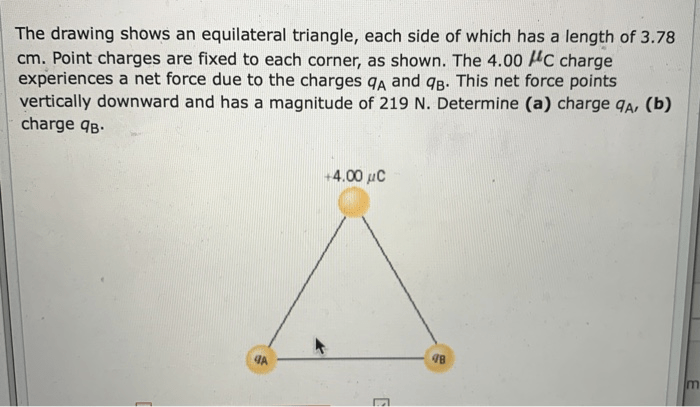Quiz 3-3 parallel and perpendicular lines on the coordinate plane – Embark on a captivating journey through the realm of geometry with our in-depth exploration of quiz 3-3: parallel and perpendicular lines on the coordinate plane. This comprehensive guide unravels the intricacies of these fundamental concepts, empowering you to identify, analyze, and apply them with precision.
Delve into the defining characteristics of parallel and perpendicular lines, unraveling the secrets of their slopes and equations. Witness the practical applications of these geometric principles in architecture, engineering, and design, where their harmonious interplay shapes our world.
1. Identifying Parallel and Perpendicular Lines
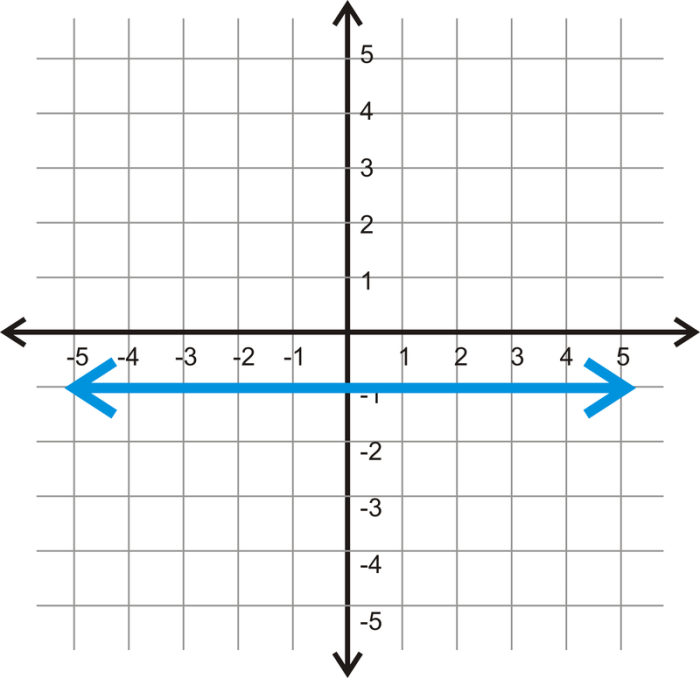
Parallel lines are lines that never intersect, no matter how far they are extended. Perpendicular lines are lines that intersect at a right angle, forming four 90-degree angles.
On a coordinate plane, parallel lines have the same slope, while perpendicular lines have slopes that are negative reciprocals of each other.
2. Slope and Parallel Lines
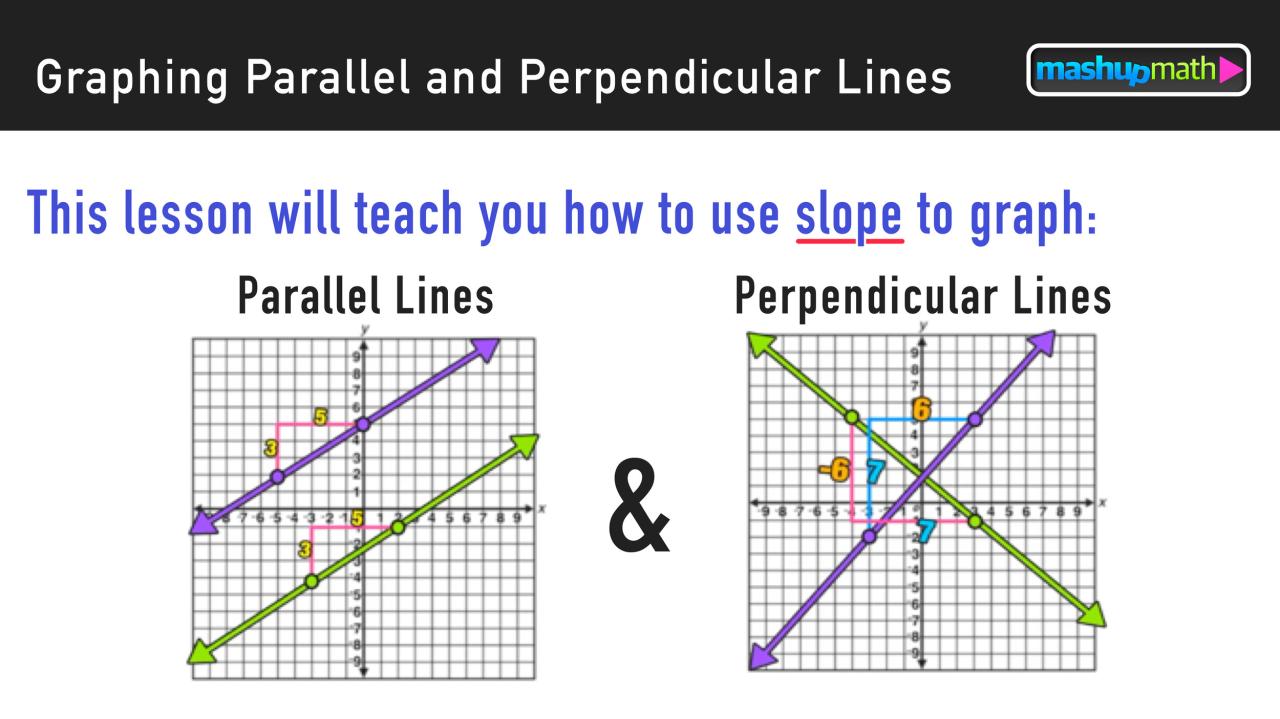
Slope is a measure of the steepness of a line. It is calculated by dividing the change in y by the change in x between two points on the line.
Parallel lines have the same slope. For example, the lines y = 2x + 1 and y = 2x – 3 are parallel because they both have a slope of 2.
3. Slope and Perpendicular Lines
Perpendicular lines have slopes that are negative reciprocals of each other. For example, the line y = 2x + 1 has a slope of 2, so the line perpendicular to it would have a slope of -1/2.
4. Equations of Parallel and Perpendicular Lines
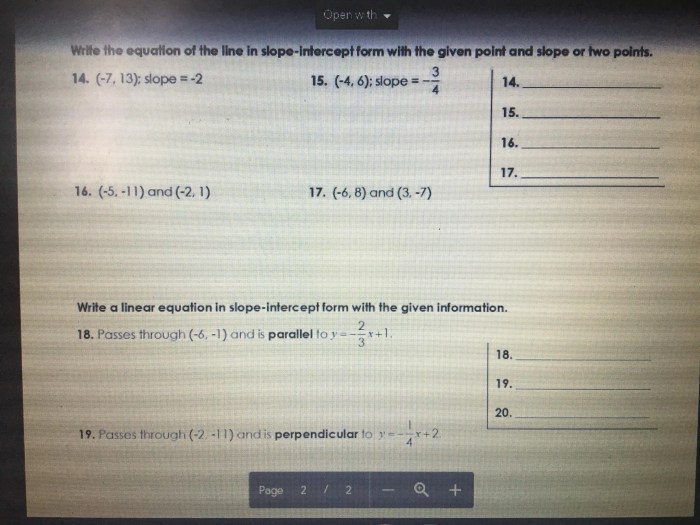
The equation of a line can be written in the form y = mx + b, where m is the slope and b is the y-intercept.
Parallel lines have the same slope, so their equations will have the same value for m. For example, the lines y = 2x + 1 and y = 2x – 3 are parallel because they both have a slope of 2.
Perpendicular lines have slopes that are negative reciprocals of each other, so their equations will have slopes that are negative reciprocals of each other. For example, the line y = 2x + 1 has a slope of 2, so the line perpendicular to it would have an equation of y = -1/2x + b.
5. Applications of Parallel and Perpendicular Lines: Quiz 3-3 Parallel And Perpendicular Lines On The Coordinate Plane
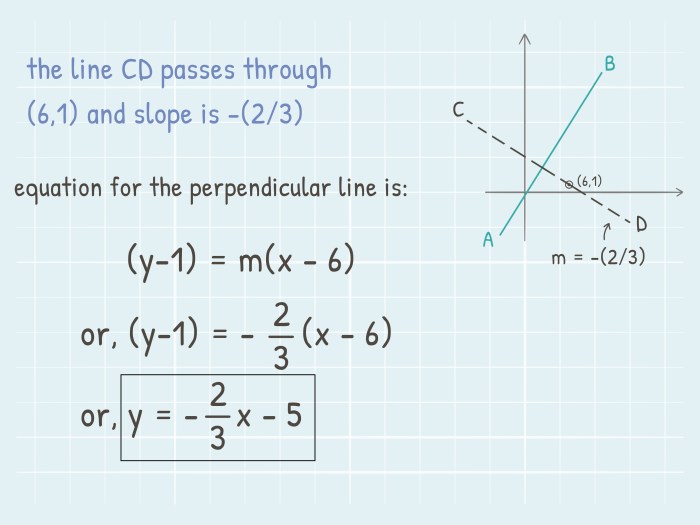
Parallel and perpendicular lines are used in a variety of applications in architecture, engineering, and design.
In architecture, parallel lines are used to create the walls and floors of buildings, while perpendicular lines are used to create the doors and windows.
In engineering, parallel lines are used to create the beams and trusses of bridges, while perpendicular lines are used to create the supports.
In design, parallel lines are used to create the borders of paintings and posters, while perpendicular lines are used to create the frames.
Commonly Asked Questions
What is the key characteristic of parallel lines?
Parallel lines never intersect, maintaining a constant distance from each other.
How do you determine if two lines are perpendicular?
Perpendicular lines intersect at a right angle (90 degrees), forming four congruent right triangles.
What is the relationship between slope and parallel lines?
Parallel lines have the same slope, indicating they are parallel to each other.
